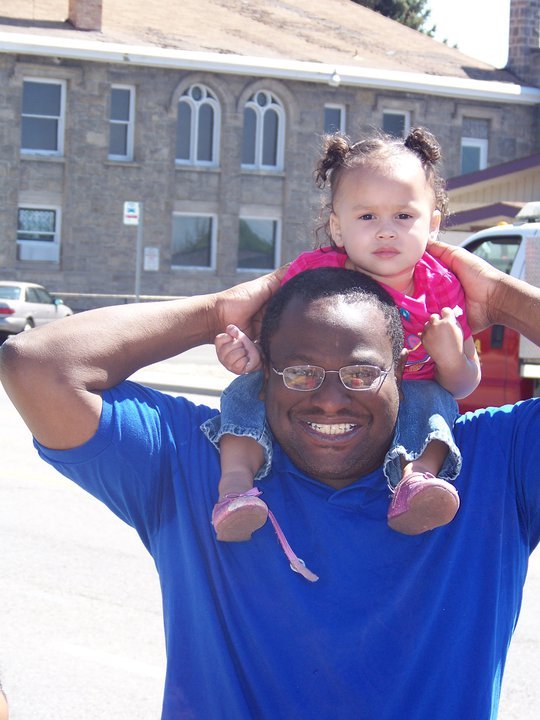“In education today, we talk about what to teach and how to teach, but rarely do we talk about what a teacher is, “reflects Claudia Allums in What Is a Teacher? Remembering the Soul of Education Through Classic Literature. “As a matter of fact,” she adds, “all of the emphasis on the ‘what’ and the latest ‘how’ seems to have conjured an idea of a ‘teacher’ that is relatively unimportant, one of the tools of education, if she is able to follow the manual.”
This view of a teacher may serve if the end of education is passing tests or developing marketable skills. However, if the end of education is to nurture able, self-governing citizens, and if the end of a lifetime of learning is ultimately wisdom, something more than a “facilitator” in our classrooms will be required.
For many years, I have had the privilege of working with some of the brightest minds in literacy. One of the central tenets of the discussion involved defining our roles in the classroom.
Our experience and vision of a teacher looked like this:
During days filled with gloomy weather, a teacher is a coach who can inspire and motivate the most discouraged child. A teacher sometimes acts like a mind reader, seeing inside children’s heads to figure out if they are progressing, and how. Her crystal balls needs to illuminate the times when they get stuck, and what kind of practice or explanation they need to succeed. She leads each student to ask himself or herself the critical questions that tease out meaning from the text.
The teacher plays the role of fearless guide, ready at a moment’s notice to take a class on an illuminating detour. One day to the crazy fact that dove (the bird) and dove (past tense of dive) sound altogether different. She helps them remember about tail and tale, delving into the rhyme and reason, the regular pattern, and the exception.
All along the way she is caring and sensitive to individual needs while able to maintain order in the classroom. She can build on the many cultural resources in her class, enthusiastic to learn about cultures and languages new to her. She discovers who loves science, sports, cooking, or animals and she feeds them all sorts of reading matter – books, recipes, magazines, science experiments, and sports pages to incite curiosity, even passion, in the context of reading and print.
A master teacher is at times a consummate technician who relishes the chance to work on the nuts and bolts of written English, the expected sounds and the exceptional ones, the possible pitfalls and quirks – consonant digraphs, silent vowels, prefixes, suffixes, homophones, and homographs. At a moment’s notice she transforms into a dramatist who brings color and life stories, plays, and poems – the literal, the implied, the metaphorical, the tone, style, and the detail. Another quick switch and she is a brilliant conversationalist, drawing out even the shyest children and thus stretching their language skills and background knowledge.
To watch a master teacher in action is like watching an artist immersed in her discipline, drawing on an array of techniques, skills, and visions of beauty to create distinct pictures with each student.
This sketch barely touches the surface of all the master teacher can do – from the annual, monthly, and daily plans, accountable to hundreds of “must-teach” skills, to the thousands of minute–to –minute actions, choreographed on the spot for the unpredictable needs of young and vulnerable children. By year’s end, she has helped to create competent readers, as if wrestling the spirit from the stone – some more advanced than others, but almost definitely on their way to literacy.
No wonder we’re sometimes tempted to believe that great teachers are born, not made. So great is the challenge. So important is the job. So immense the bureaucratic obstacles.
“It all comes down to the teacher,” parents are notorious for saying – and for competing to get their own children and into certain classes taught by the current stars in school. It is hard to argue with them. Nothing in this world can replace the power of a great classroom teacher during a child’s formative years – not fancy computer labs, or great libraries, or after-school enrichment programs.
Teaching, even in this technical and complex age, remains essentially a human operation. Every parent wants the best for each child. We need more quality to go around. We need more quality teachers to stay around.
Too often, though, effective teachers are enticed away from the classroom. Traditionally, the only way to advance on a teaching career path has been to become a guidance counselor, principal, supervisor, or superintendent. The career trajectory should celebrate greater mastery of and responsibility for classroom teaching, rather than movement out of the classroom. Such a trajectory, supported with excellent professional development, will provide momentum for quality classroom teaching.
If they are to excel in their craft and be satisfied with their careers, even the most talented and gifted individuals require a good foundation and apprenticeship, a lifetime of challenging work environment, and ongoing education. Some great teachers may have been born with a special talent, but even they need professional preparation to develop their pit potential. They learn to teach through their entire working lives.
Anthony Alvarado, former Chancellor for instruction, San Diego, CA city schools summed things up:
“It’s a big mistake to think that teaching is what we do every day and professional development is an occasional seminar or workshop or Institute. No! The job is professional development, and professional development is the job.”

